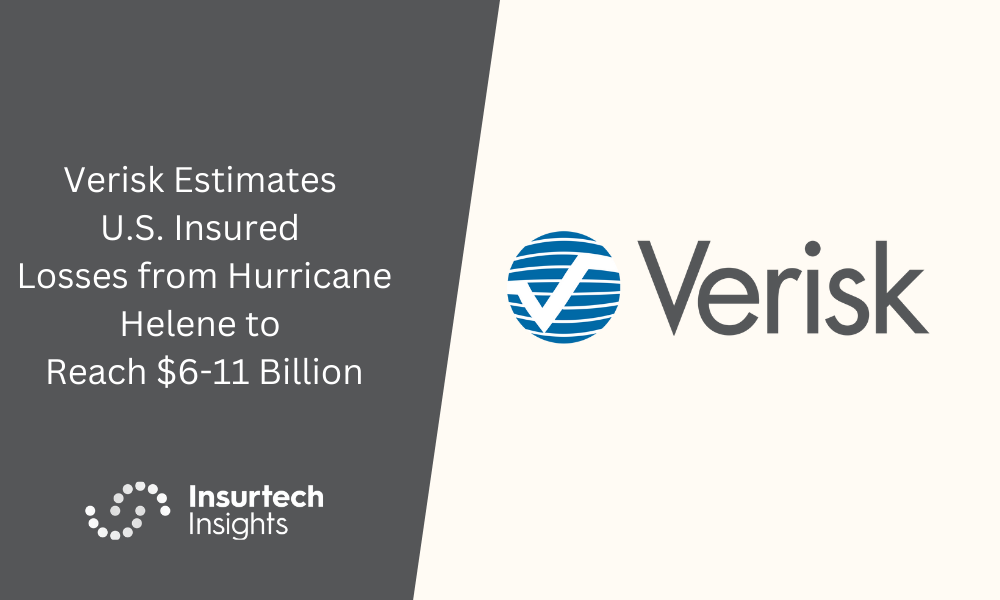The estimate includes damages caused by wind, storm surge, and hurricane-induced flooding but excludes losses covered by the National Flood Insurance Program (NFIP).
Hurricane Helene, which developed from a low-pressure system identified on September 23, 2024, in the northwestern Caribbean, rapidly intensified and grew to an expansive size. By September 26, the storm’s wind field reached 430 miles in width, setting a record for Florida and surpassing Hurricane Irma’s 2017 record.
Helene made landfall in Perry, Florida, as a Category 4 hurricane, with winds peaking at 140 mph, making it the strongest hurricane to hit Florida’s Big Bend region in recorded history. It broke previous records, including the Cedar Keys Hurricane of 1896, and caused significant storm surge, including a 9.3-foot surge in Cedar Key and a 10-foot surge in Steinhatchee. After landfall, the storm continued to wreak havoc, with wind damage stretching from Florida into Georgia.
As Helene moved northward, it brought widespread destruction to Georgia and the Carolinas. Central Georgia experienced extensive tree damage, which led to further structural damages. Record-breaking rainfall, especially in western North Carolina, caused major flooding, with Asheville receiving 13.98 inches in just three days.
The bulk of insured and economic losses in the Carolinas are attributed to flooding caused by hurricane precipitation.
Verisk’s president of Extreme Event Solutions, Rob Newbold, expressed sorrow for the devastation caused by Hurricane Helene, noting the profound impact on communities. He emphasised the need for the insurance industry to continually adapt and prepare for such events. “The resilience of communities facing these challenges is remarkable,” Newbold said, commending the early efforts in recovery and rebuilding.
Florida has been at the forefront of building code advancements, with statewide codes introduced in 2002. However, the Big Bend region, where Helene made landfall, has some of the state’s lowest wind design specifications, between 120 and 130 mph. The region, along with parts of Georgia, contains many buildings constructed before the year 2000, meaning they lack the protection provided by more recent codes.
Flood insurance take-up rates remain relatively low in the impacted areas, as many homeowners are not required to purchase coverage because they live outside designated flood zones. Even those who hold policies through the NFIP may face gaps in coverage, with policies typically capped at $250,000 and excluding additional living expenses.
Verisk is closely monitoring Hurricane Milton, which is forecast to approach the Florida Peninsula on October 9, 2024. Losses from this potential event, as well as from Hurricane Helene, are being actively assessed.
The estimated losses from Hurricane Helene do not include damages related to infrastructure, uninsured properties, or litigation-related expenses. Verisk’s projections also exclude losses from certain categories, such as hazardous waste cleanup, marine losses, and extra-contractual obligations.









